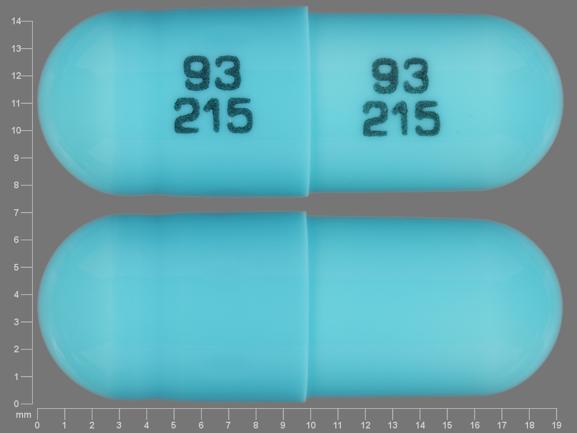Galzin Disease Interactions
There are 2 disease interactions with Galzin (zinc acetate).
Chromium/selenium/zinc (applies to Galzin) renal dysfunction
Moderate Potential Hazard, Moderate plausibility.
The trace metals, chromium and zinc, are excreted primarily in the urine. Selenium is partially excreted in the urine. Supplemental doses of these agents may need to be adjusted, reduced, or omitted in patients with renal dysfunction.
References
- "Product Information. Galzin (zinc acetate)." Teva Pharmaceuticals USA PROD (2001):
- "Product Information. Chroma-Pak (chromic chloride hexahydrate)." Apothecon Inc (2022):
- "Product Information. Sele-Pak (selenium)." Fujisawa PROD
Trace metals (applies to Galzin) malabsorption syndromes
Moderate Potential Hazard, Moderate plausibility.
The trace metals manganese, chromium, copper, selenium, and zinc are absorbed in the GI tract from dietary sources and following administration of oral supplements. GI absorption may be decreased in patients with malabsorption syndromes. Therefore, larger dosages may be required when these supplements are given orally. Parenteral administration may be appropriate.
References
- "Product Information. Galzin (zinc acetate)." Teva Pharmaceuticals USA PROD (2001):
- "Product Information. Chroma-Pak (chromic chloride hexahydrate)." Apothecon Inc (2022):
- "Product Information. Sele-Pak (selenium)." Fujisawa PROD
- "Product Information. Copper Sulfate (copper sulfate)." Humco Holding Group PROD (2001):
- "Product Information. Manganese Chloride (manganese chloride)." Abbott Pharmaceutical PROD (2001):
- "Product Information. Manganese Sulfate (manganese sulfate)." American Regent Laboratories Inc PROD (2001):
Galzin drug interactions
There are 137 drug interactions with Galzin (zinc acetate).
Galzin alcohol/food interactions
There is 1 alcohol/food interaction with Galzin (zinc acetate).
More about Galzin (zinc acetate)
- Galzin consumer information
- Check interactions
- Compare alternatives
- Pricing & coupons
- Drug images
- Side effects
- Dosage information
- During pregnancy
- Drug class: minerals and electrolytes
- En español
Related treatment guides
Drug Interaction Classification
| Highly clinically significant. Avoid combinations; the risk of the interaction outweighs the benefit. | |
| Moderately clinically significant. Usually avoid combinations; use it only under special circumstances. | |
| Minimally clinically significant. Minimize risk; assess risk and consider an alternative drug, take steps to circumvent the interaction risk and/or institute a monitoring plan. | |
| No interaction information available. |
Further information
Always consult your healthcare provider to ensure the information displayed on this page applies to your personal circumstances.


